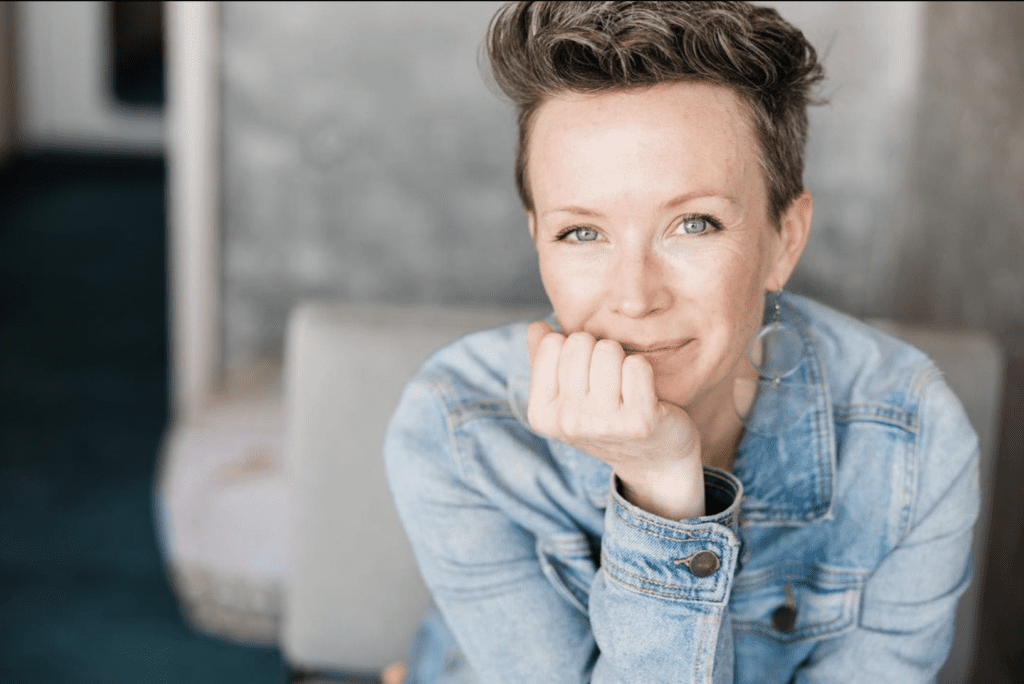This is a guest blog post from Annemie Tonken from This Can’t Be That Hard. With over a decade of experience running a photography business, she helps photographers run profitable, sustainable businesses that they love.
It’s the photographer’s eternal struggle:
should you go for the convenience and simplicity of all-inclusive pricing, or step up your client-service game and set yourself up for higher profits using in-person sales?
It’s not an easy decision, right? Beyond offering great art, the hallmarks of a successful portrait photography business are great customer service and profitability … but no one wants to work 80 hours a week to make that happen, and most portrait photographers aren’t natural born salespeople.
The good news is that there’s a third, less well-known option that’s becoming increasingly popular among photographers around the world that eliminates the tradeoff.
The Simple Sales System fuses the simplicity and ease of all-inclusive sales with the profitability and customer service of in-person sales to create a photography business that’s both profitable and sustainable.
But no single model is right for everyone, so let’s start by taking a closer look at the options:

The all-inclusive photography business model
Back in the film days, most photographers worked in a studio setting and sold prints to earn their living, but the advent of digital photography caused a huge shift in the photo industry.
For the last decade or so, the all-inclusive business model has been the most common structure for people with their own portrait photography business.
How all-inclusive works:
The all-inclusive model is pretty straightforward: you charge a flat rate for a session and all of the digital files. For instance, a one hour shoot for family portraits might cost $500 plus sales tax and promise 40+ edited digital files … easy, right?
That’s exactly why most people opening a portrait photography business start with an all-inclusive model—when you’re wading through the tricky process of figuring out a business name, setting up a professional website, building your photography portfolio, getting a business license, creating marketing materials, and all the other things required to start a business, an all-inclusive offer seems like the path of least resistance.

The pros of all-inclusive:
First, all-inclusive is an easy offer to sell: thanks to the influence of social media platforms, most potential clients believe that getting “just the digital files” will be the best and least expensive route.
Second, it’s an easy process to set up and manage … all you have to do is show up to the session, edit, then send the digital files over to your clients.
If you want to start a portrait photography business, all-inclusive gives you a quick, inexpensive way to do so, and leaves plenty of room in your schedule to take on more clients.
But there are some real downsides to the all-inclusive business plan, too…
The cons of all-inclusive:
Charging an all-inclusive price means you’ll never make more than exactly what you charge—it makes for a predictable income, but it’s limited.
Potential clients tend to feel like they shouldn’t be charged very much if they’re “just” getting digital files – even when they have the money to spend, the perceived value of “just digital files” is low.
There’s some reality to that low perceived value—digital files have no tangible presence in someone’s life, and once some time is passed, they often get forgotten.
Those downsides can get frustrating pretty fast, and many photographers realize within a year or two that in order to run a successful business, they need to change their business structure.
At that point, most photographers start to consider the possibility of in-person sales.

The IPS photography business model
In-person sales has long been the standard for higher-end portrait photographers, because it demonstrates a certain level of professionalism that sets IPS photographers apart from their all-inclusive counterparts, it provides further opportunities for client interaction and exceptional service, and—done right—it creates an experience that feels more personalized and high-end.
How IPS works:
The expectation is that the high-end experience will result in high-end sales, and—again, done right—it often does. In order to book a session, a client pays a session fee. A few weeks after the session, IPS photographers invite their clients in for the sales consultation, where they reveal the images from their session and coach them through the process of purchasing prints and products.
The pros of in-person sales:
An IPS photographer with decent sales skills can often make 3-5x more per session than the average all-inclusive photographer.
Depending on your ideal customer and target market, marketing efforts highlighting the personalized service and guidance of the IPS experience can create a competitive advantage with potential customers.
Ensuring that your clients walk away from their session with tangible products can help increase your rates of repeat business and referrals.
But like all-inclusive, IPS has its drawbacks.
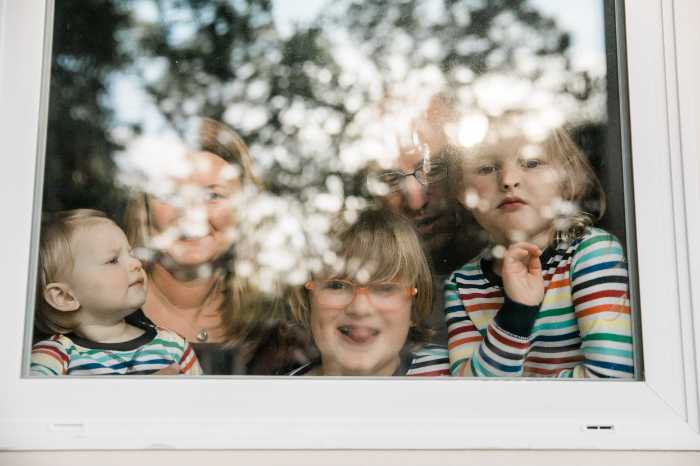
The cons of in-person sales:
First, those high sales averages aren’t guaranteed. Even the most skilled salesperson will periodically have low sales.
Next, not all clients want (or can afford) the high-touch experience—it’s not only time-consuming for the photographer, but for the client as well, and being sold to face to face doesn’t appeal to everyone.
Finally, a lot of photographers just plain don’t want to do in-person sales—no matter how much money they’re told they can make. Not everyone is interested in the time and expense involved, the clients IPS attracts, and the idea of selling and sales psychology doesn’t feel like the right fit, so they default back to all-inclusive.
My own journey as a portrait photographer:
I consider myself to have been pretty fortunate in my own portrait photography business. When I started out, I had zero business experience. This was 2010, and there weren’t many resources available where I could learn what I needed to know at the time, so I looked to other photographers for guidance.
One of my early mentors told me something that stuck:
“Professional photography is extremely competitive. If you want to succeed, you need to focus at least as much of your energy on learning how to run a good business as you do on how to make great photos.”
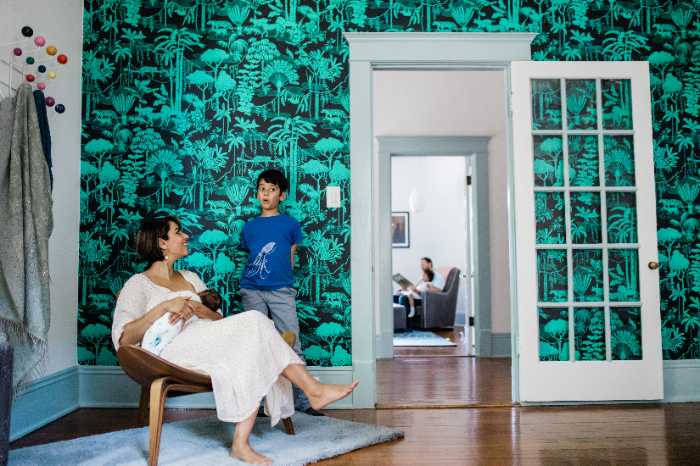
First I ran my numbers:
I spent a lot of time when I was getting set up making sure I understood my financial projections, my recurring expenses, and the actual cost of doing business so that I was pricing my photography services for profit.
The numbers I saw scared me—I could hardly believe anyone would spend that much for family photos! But I understood that if I wanted to go full-time, my photography business was going to have to earn at least enough to replace income.
That’s where the psychology came in:
In order to command the prices I had calculated, many photographers recommended that I look into in-person sales.
I signed up for an online course and learned that in-person sales—whether for photography or any other product or service—relies heavily on sales psychology. I’ll be honest: I was worried…
- about the ick factor of sales
- about my ability to find clients
- about what my friends and family would think if I failed
In the end, though, my determination to make photography a viable career and my belief that IPS was the way to do that won out. I put together my photography website, bought a projection system and several product samples, and opened my doors.
In-person sales worked!
Over the course of seven years, I grew a successful portrait photography business. In less than two years, I was able to quit my job and go full-time, and after that—thanks to a reasonably creative eye and some good search engine optimization—I quickly became one of the most popular photographers in my area.
It turned out that I was pretty good at in-person sales! I didn’t love that it took me away from my kids as often as it did, and I struggled with the repetitive nature of sales sessions, but the money was good, and I didn’t know of an alternative that would work as well.
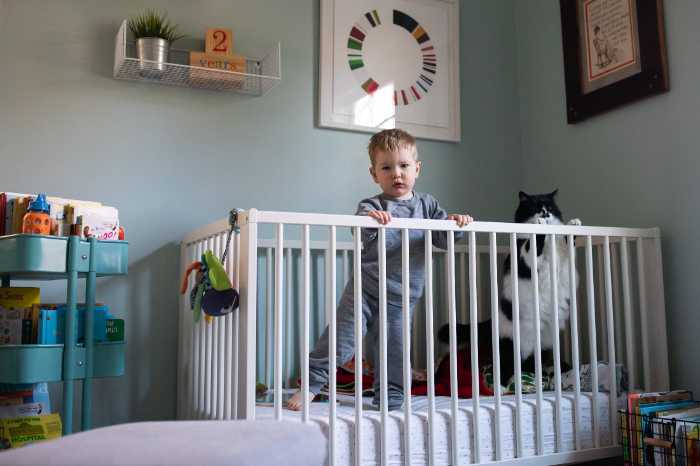
Then everything changed…
Unfortunately, while things were going great in my business, things in my personal life were a bit more complicated.
My 14 year marriage ended in 2017, making me a sole caregiver and income-earner for my two kids. The money I needed to make and the hours I had to dedicate to my business changed almost overnight.
For weeks, I stared at my new numbers, trying in vain to make them work.
In-person sales helped me earn good money per-client, but it required so much time that I couldn’t take on enough work to meet my needs.
Switching to all-inclusive meant I’d have to completely ditch the service- and product-oriented foundation I’d built my loyal client base on, and would have to dramatically lower my prices to stay competitive.

My “A-HA” moment
One day, I was looking at a client’s gallery in my gallery software and thinking about how far gallery technology had come since I started in business.
The gallery was beautiful, and when clients clicked into the online store, the tech allowed them to see their images displayed in the photos of the products I sold … it was almost as good as letting them touch and see the product sales in person!
The problem was that none of my clients ever bothered to click into the gallery store … and why would they? Since they’d already placed an order during their sales session, they had no reason to shop online.
And that got my wheels turning…
What if I could take what I’d learned from IPS about sales strategy and psychology and use technology to automate the process?
For weeks, I worked frantically, trying to piece together a process that would work. What I came up with was the Simple Sales System.
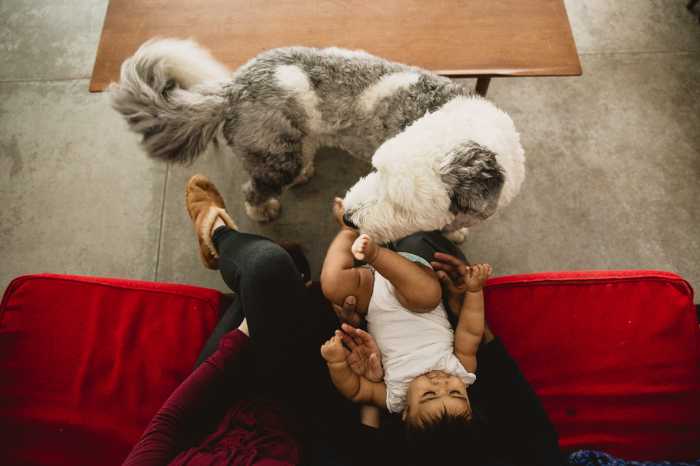
How the Simple Sales System works:
Education:
I always say that the first step of Simple Sales is education … but really, that step is ongoing from the first time a potential client reaches out to you to the final thank you email you send after their gallery closes.
The key in Simple Sales is that all of the education that CAN be automated IS automated using simple tools like pdfs, email, and video.
The only time you have to spend time educating your clients is when they first reach out—a 1:1 call or zoom with a prospective client is the best, fastest way to create a great first impression and ensure that this will be a good fit.
The Session Fee:
Simple sales clients pay a session fee to book, just like with in-person sales. A low up-front cost makes booking feel like a smaller risk, since they know they’ll get to see the images before they have to pay for them.
The Slideshow:
When the photos are ready, they get 24 hour access to a custom slideshow so they can preview their images and choose a collection.


THE COLLECTIONS:
There are three collections, and all are made up of the same two things:
- a certain number of digital files, and
- a certain amount of print credit
Everyone wants at least some digital files these days, so those are an important component, but the print credit is where the Simple Sales System really shines.
Print credit acts like a gift certificate in the online store. They can spend it on anything you offer, so there’s plenty of flexibility, but the genius of print credit is that it gets them to click into your online gallery store and start shopping in the first place.
As you can imagine, there’s a lot of strategy that goes into how to structure and price your collections, but that could be an entire blog post all by itself!
Suffice it to say, flexible collections are the Simple Sales answer for assisting your clients in making a confident collection decision while before the impact of that initial viewing wears off, without you needing to walk them through the full purchasing process.
GALLERY ACCESS FOR 30 DAYS:
From the time they choose and purchase their collection, your clients get access to their online gallery for 30 days, during which they can download their digital files and spend their print credit.
Sometimes people stick to the limit of the print credit, but most clients get so excited about those beautiful products and the print credit they have to spend that they go a little crazy. I’ve had several clients spend hundreds of dollars on prints and products in the online store above and beyond their credit… and I didn’t have to lift a finger to make it happen!

The benefits of Simple Sales:
Your clients get an IPS-level, personalized experience
Let’s look at the bigger picture of how Simple Sales checks all the boxes that IPS does:
- We’re giving our clients guidance with our ongoing education and the flexibly structured collections
- We’re leveraging the power of impact with that 24-hour slideshow
- We’re giving them a high perceived value experience by connecting with them over and over throughout the process and adding special touches like the slideshow
- We’re keeping the process moving with reasonable and well-defined time limits, and
- We’re doing all of this in a way that feels flexible and customized just for them.
You get the simplicity and time commitment of all-inclusive…
- Everything but the first phone call and the session itself can be done with just a few clicks of the mouse
- The process is so flexible that there’s very little opportunity for confusion, misunderstanding, or haggling
… but with income comparable to in-person sales
- Set up correctly, your collections should be structured such that regardless of which collection your client chooses, you will be profitable
- The print credit (and a client’s potential to outspend it) takes the lid off of your income, meaning you’re no longer constrained by that all-inclusive ceiling

Is the Simple Sales System right for your goals?
Simple Sales is a great choice for photographers who want to combine good income and customer service with a reasonable work/life balance. It requires a fairly significant effort to get everything built on the front end – all the pricing and marketing materials, as well as the educational materials – but once it’s set up, the process runs seamlessly.
What kinds of photographers use Simple Sales?
Simple Sales is perfect for portrait photographers who work with families, newborns, pets, seniors, couples, maternity, and boudoir. Even though the system was just introduced in 2020, there are now thousands of photographers worldwide using the system with great success.
If your ideal customer is interested in digital files and some kind of physical product, and if you are willing to sell prints, Simple Sales can work for your business.

What do you need to do to get started?
It’s called the SIMPLE Sales System, so it should be simple to launch, right?
Well, yes and no.
The name for the system was really inspired by the simplicity of the system once it’s up and running—it’s simple to explain, simple to sell, and simple to manage … once it’s set up correctly. If it were THAT simple, my guess is it would’ve been thought up a long time ago!
There are two things I want to stress about the Simple Sales System:
- Each step has been well thought-out and is important as a piece of the complete puzzle … skip/skim/switch at your own risk.
- Communication is important above all else! It is the grease on the wheels of the system, and if you don’t thoroughly communicate to the point that you feel self-conscious of being an annoying, broken record, you will likely live to regret it.
So that said, here’s my list of stuff you should try to have in place and ready to go when you sell the Simple Sales System for the first time:
You need a crystal clear understanding of your numbers, specifically your expenses and your personal income goals.
You need to know (or be able to estimate) how many sessions you can or would like to take on in a year in order to meet those goals.
With those numbers, you need to determine exactly how much money you need to make per session—that number is your minimum sales average, or MSA.
Based on your MSA, you need to set your session fee and create your collections (remember, even the smallest collection needs to ensure that you’re meeting your minimum… that’s why it’s called a MINIMUM).

You then need to choose and price a collection of products for your online store that will appeal to your audience. Remember—the goal isn’t infinite options, the goal is a well-curated variety.
Then there’s some writing to be done:
First, you’ll want to create a phone call script that will allow you to confidently explain the process to a prospective client, focusing on the benefits to them.
Then you’ll need to create a sales page that outlines all the main parts of the phone call that you can direct your prospective client to after the phone call.
After that, you’ll want to create or update your welcome/prep guide with a reminder of the sequence of events (“what to expect after your session”).
Then you’ll need to write templates for the basic emails that will go out (you will likely end up with many more, but this is a good start):
- “Thank you for inquiring”
- “Thanks for taking the time to talk” (with links to the sales page and booking page)
- “Thank you for booking”
- “Your images are ready”
- “Thanks for your order”
- “Gallery closes in one week”
- “Gallery closes in three days”
- “Gallery closes tomorrow”
- “Thank you for choosing to work with me” (questionnaire link)
Once that’s all set up, you’re good to launch!
still need help with your copy?


